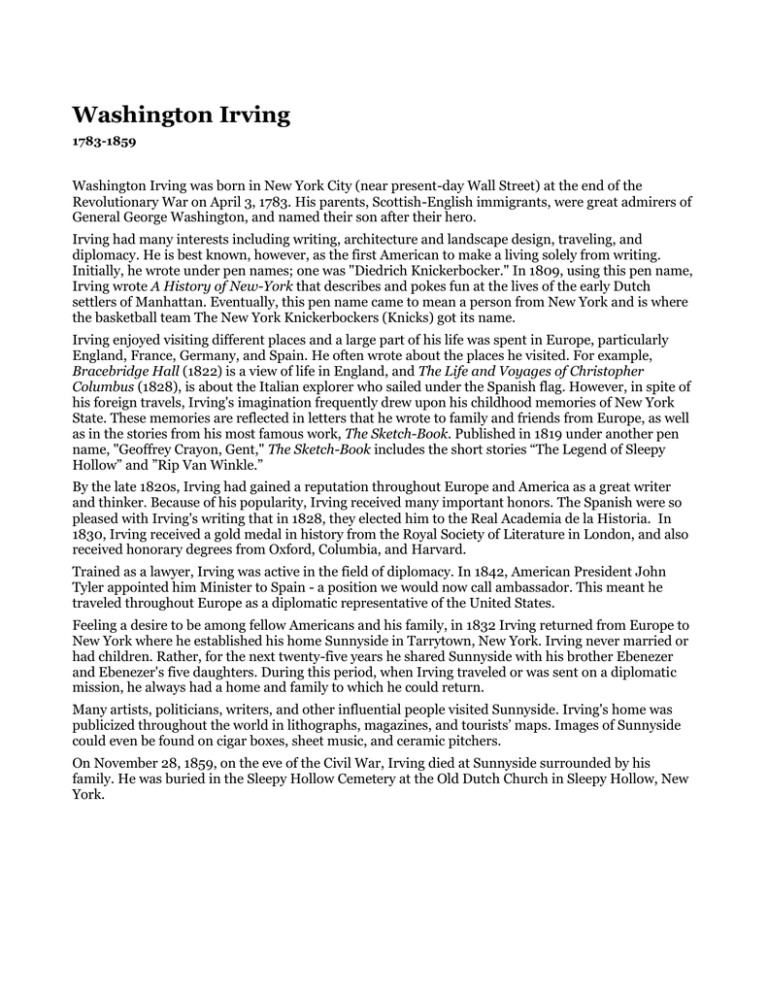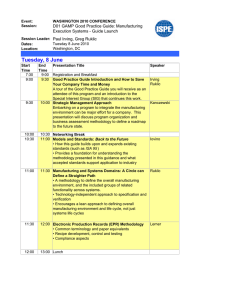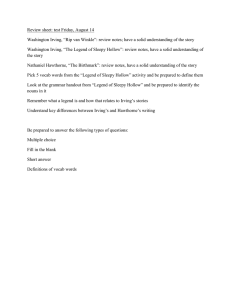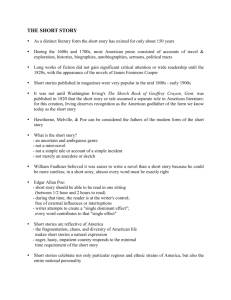Washington Irving
advertisement

Washington Irving 1783-1859 Washington Irving was born in New York City (near present-day Wall Street) at the end of the Revolutionary War on April 3, 1783. His parents, Scottish-English immigrants, were great admirers of General George Washington, and named their son after their hero. Irving had many interests including writing, architecture and landscape design, traveling, and diplomacy. He is best known, however, as the first American to make a living solely from writing. Initially, he wrote under pen names; one was "Diedrich Knickerbocker." In 1809, using this pen name, Irving wrote A History of New-York that describes and pokes fun at the lives of the early Dutch settlers of Manhattan. Eventually, this pen name came to mean a person from New York and is where the basketball team The New York Knickerbockers (Knicks) got its name. Irving enjoyed visiting different places and a large part of his life was spent in Europe, particularly England, France, Germany, and Spain. He often wrote about the places he visited. For example, Bracebridge Hall (1822) is a view of life in England, and The Life and Voyages of Christopher Columbus (1828), is about the Italian explorer who sailed under the Spanish flag. However, in spite of his foreign travels, Irving's imagination frequently drew upon his childhood memories of New York State. These memories are reflected in letters that he wrote to family and friends from Europe, as well as in the stories from his most famous work, The Sketch-Book. Published in 1819 under another pen name, "Geoffrey Crayon, Gent," The Sketch-Book includes the short stories “The Legend of Sleepy Hollow” and ”Rip Van Winkle.” By the late 1820s, Irving had gained a reputation throughout Europe and America as a great writer and thinker. Because of his popularity, Irving received many important honors. The Spanish were so pleased with Irving's writing that in 1828, they elected him to the Real Academia de la Historia. In 1830, Irving received a gold medal in history from the Royal Society of Literature in London, and also received honorary degrees from Oxford, Columbia, and Harvard. Trained as a lawyer, Irving was active in the field of diplomacy. In 1842, American President John Tyler appointed him Minister to Spain - a position we would now call ambassador. This meant he traveled throughout Europe as a diplomatic representative of the United States. Feeling a desire to be among fellow Americans and his family, in 1832 Irving returned from Europe to New York where he established his home Sunnyside in Tarrytown, New York. Irving never married or had children. Rather, for the next twenty-five years he shared Sunnyside with his brother Ebenezer and Ebenezer's five daughters. During this period, when Irving traveled or was sent on a diplomatic mission, he always had a home and family to which he could return. Many artists, politicians, writers, and other influential people visited Sunnyside. Irving's home was publicized throughout the world in lithographs, magazines, and tourists’ maps. Images of Sunnyside could even be found on cigar boxes, sheet music, and ceramic pitchers. On November 28, 1859, on the eve of the Civil War, Irving died at Sunnyside surrounded by his family. He was buried in the Sleepy Hollow Cemetery at the Old Dutch Church in Sleepy Hollow, New York.


